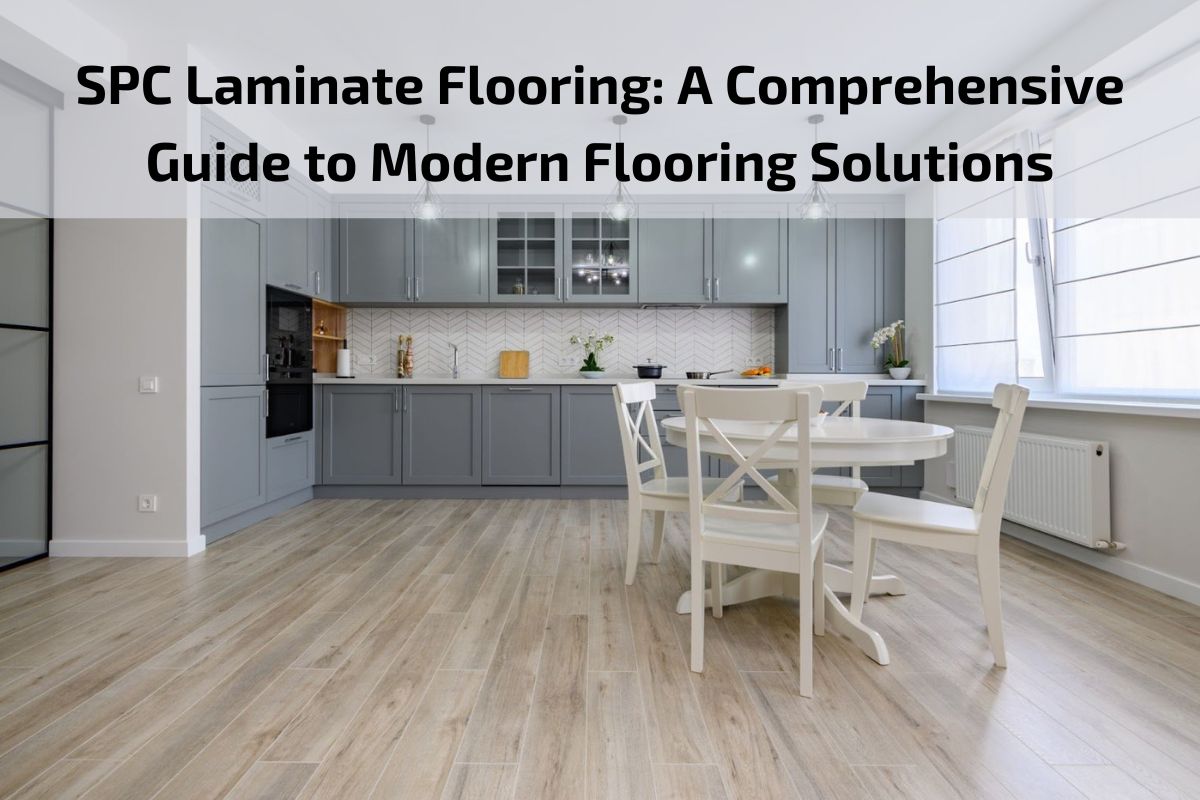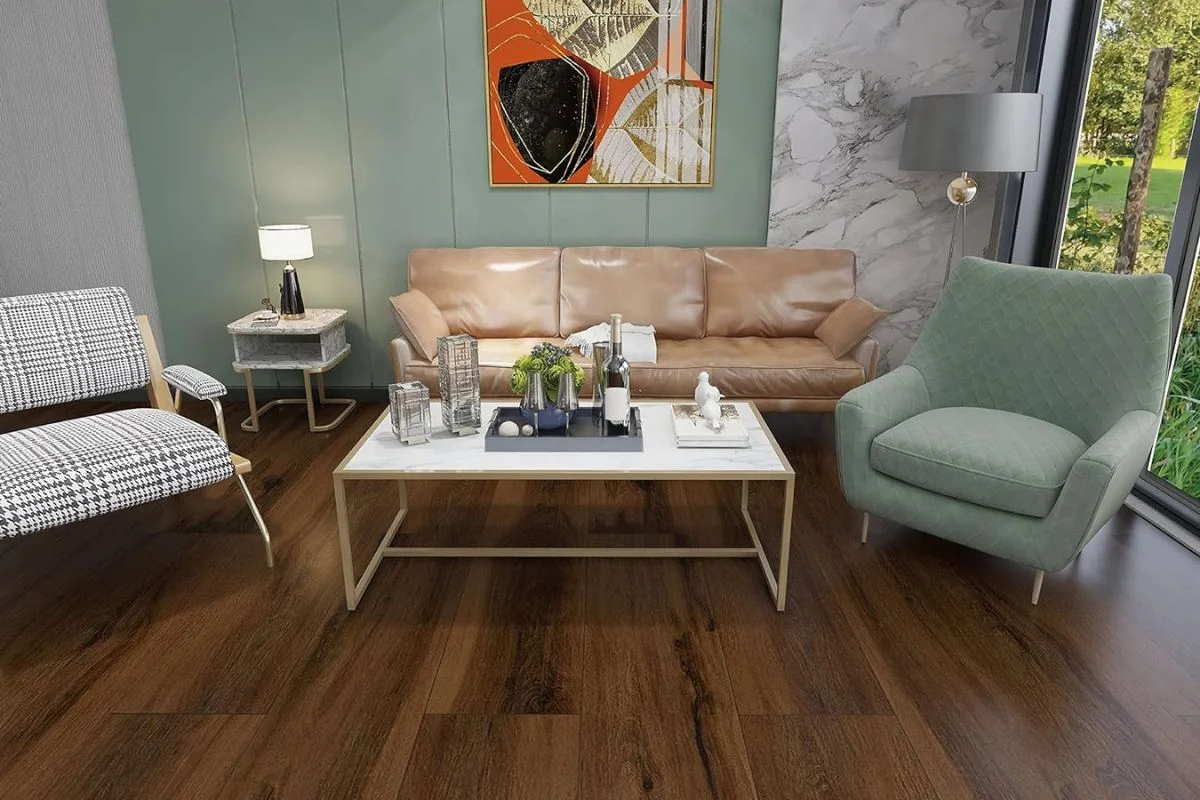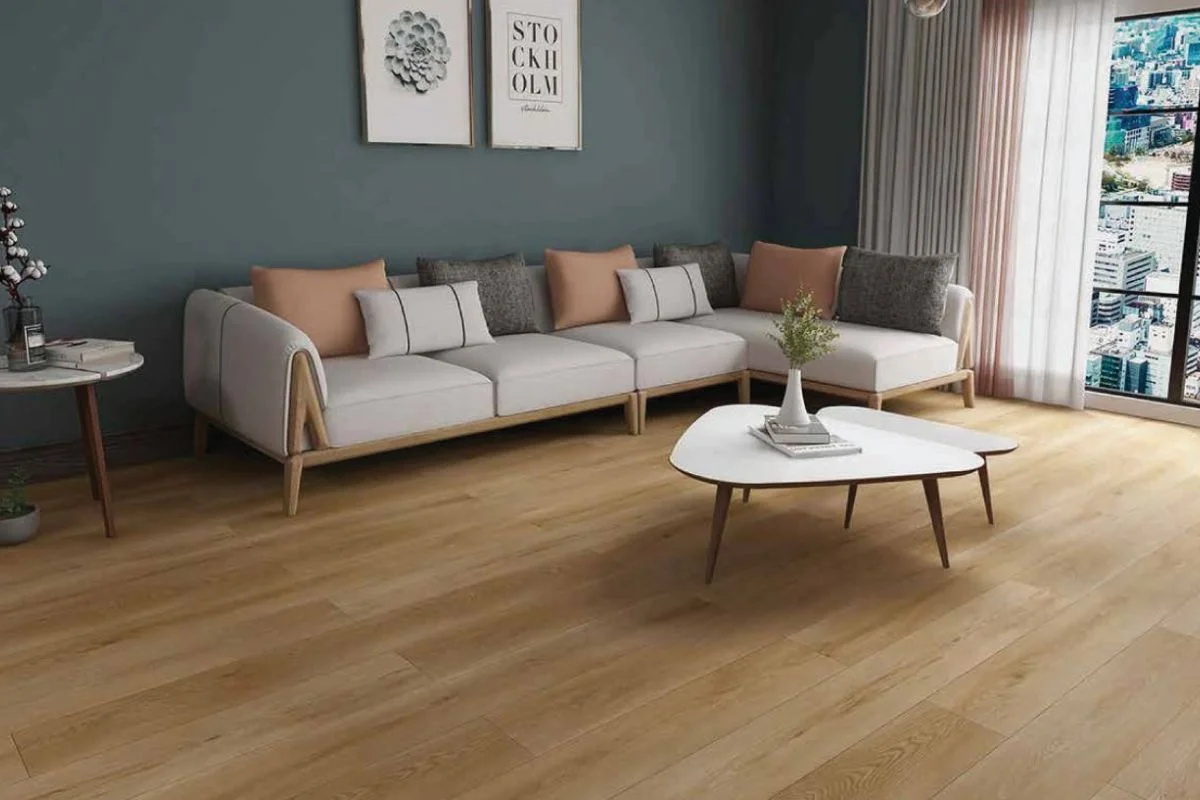Transform Your Space with SPC Plank Flooring: Inspirational Ideas and Trends
Transforming your space with SPC (Stone Plastic Composite) plank flooring opens up a world of possibilities for creating a stylish and functional environment. In this article, we’ll explore inspirational ideas and current trends in SPC plank flooring that can elevate the look and feel of any room in your home or business.
SPC plank flooring offers a blend of durability, water resistance, and design versatility that makes it a popular choice among homeowners and designers alike. Whether you’re aiming for a rustic farmhouse aesthetic, a modern minimalist vibe, or anything in between, SPC plank flooring provides the perfect foundation for bringing your vision to life.
Join us as we delve into the latest trends and innovative uses of SPC plank flooring, from incorporating bold colors and patterns to exploring creative layout options and complementary design elements. Whether you’re embarking on a full-scale renovation or simply updating a single room, SPC plank flooring offers endless opportunities for transforming your space into a place you’ll love to live, work, and play.
Importance of SPC Plank Flooring in interior design
SPC (Stone Plastic Composite) Plank Flooring has emerged as a game-changer in the realm of interior design, offering a perfect marriage of aesthetics and functionality. Its importance in interior design is underscored by several key factors that cater to the evolving needs and preferences of homeowners and designers alike.
Versatility in Design:
SPC Plank Flooring comes in a wide array of colours, patterns, and finishes, providing designers and homeowners with an extensive palette to express their creativity. Whether aiming for a classic, contemporary, or eclectic look, the versatility of SPC Plank Flooring makes it adaptable to various design styles.
Contemporary Aesthetics:
The visual appeal of SPC Plank Flooring is unrivalled, mimicking the natural beauty of hardwood or stone without sacrificing practicality. Its sleek and modern appearance effortlessly elevates the overall aesthetics of a space, making it a popular choice for those seeking a sophisticated and on-trend interior.
Durability and Longevity:
SPC Plank Flooring is renowned for its exceptional durability. Engineered with layers that resist wear, scratches, and dents, it stands up to the challenges of high-traffic areas, ensuring a long-lasting investment. This durability is particularly crucial in maintaining the visual appeal of a space over time.
Water-Resistance for Practical Living:
In spaces prone to moisture, such as kitchens, bathrooms, and basements, the water-resistant nature of SPC Plank Flooring is a game-changer. Unlike traditional hardwood, which can warp or swell in humid conditions, SPC Plank Flooring remains impervious to water damage, making it a practical and reliable choice for diverse living spaces.
Ease of Maintenance:
SPC Plank Flooring is designed with convenience in mind. Its smooth surface is easy to clean, and maintenance typically involves simple tasks like regular sweeping and occasional damp mopping. This ease of maintenance not only saves time but also contributes to the longevity of the flooring.
Environmental Sustainability:
As an eco-friendly option, SPC Plank Flooring aligns with the growing emphasis on sustainable living. Composed of natural materials and often recyclable, it provides an environmentally conscious choice for those seeking flooring options that minimise their ecological footprint.
Budget-Friendly Alternative:
SPC Plank Flooring offers a cost-effective alternative to traditional hardwood or stone flooring without compromising on quality or aesthetics. This makes it an attractive option for budget-conscious homeowners who still desire a high-end look for their interiors.
DIY-Friendly Installation:
SPC Plank Flooring is often designed for easy installation, making it accessible to DIY enthusiasts. The click-and-lock mechanisms simplify the process, allowing homeowners to take on flooring projects without the need for extensive professional assistance.
Advantages and Disadvantages of SPC Plank Flooring
Durability:
SPC Plank Flooring is highly durable and resistant to wear and tear. Its composition, often featuring a stone plastic core, provides exceptional strength, making it suitable for high-traffic areas.
Water Resistance:
Unlike traditional hardwood flooring, SPC Plank Flooring is water-resistant. This makes it an ideal choice for spaces prone to moisture, such as kitchens, bathrooms, and basements.
Easy Maintenance:
Cleaning and maintaining SPC Plank Flooring is a breeze. Regular sweeping and occasional damp mopping are usually sufficient to keep the floors looking pristine.
Versatility in Design:
SPC Plank Flooring comes in a wide variety of styles, colours, and finishes, allowing for versatile design options to suit different interior aesthetics.
DIY-Friendly Installation:
Many SPC Plank Flooring products feature click-and-lock installation systems, making them user-friendly for DIY enthusiasts. This can lead to cost savings on professional installation.
Comfort Underfoot:
SPC Plank Flooring often has a padded underlayer, providing a more comfortable and softer feel underfoot compared to some other hard flooring options.
Sound Absorption:
The dense structure of SPC Plank Flooring contributes to sound absorption, reducing the transmission of sound within the space.
Environmental Sustainability:
SPC Plank Flooring is often made from natural materials and is recyclable. This makes it a more environmentally friendly option compared to some other flooring materials.
Disadvantages of SPC Plank Flooring:
Not Natural Wood:
While SPC Plank Flooring can mimic the look of natural wood, it lacks the authenticity and warmth that real wood provides. Some homeowners may prefer the genuine texture and appearance of hardwood.
Limited Repair Options:
If damaged, SPC Plank Flooring can be challenging to repair. In many cases, individual planks cannot be replaced, and repairs may involve replacing entire sections.
Environmental Impact of Production:
The manufacturing process of SPC Plank Flooring may involve the use of energy-intensive methods and the emission of volatile organic compounds (VOCs), contributing to environmental concerns.
Temperature Sensitivity:
SPC Plank Flooring may not be suitable for environments with extreme temperature fluctuations, as it can expand or contract under such conditions.
Initial Cost:
While SPC Plank Flooring is generally more budget-friendly than some high-end flooring options, the initial cost can still be higher than that of certain traditional materials like laminate.
Limited Refinishing Options:
Unlike hardwood, SPC Plank Flooring cannot be sanded or refinished. Once the wear layer is damaged, the entire plank may need replacement.
Installation Tips SPC Plank Flooring
Installing SPC (Stone Plastic Composite) Plank Flooring can be a rewarding DIY project, provided you follow the correct procedures and techniques. Here are some essential installation tips to ensure a successful and professional-looking outcome:
Prepare the Subfloor:
Before installation, ensure that the subfloor is clean, dry, and level. Remove any debris, dust, or uneven spots. If necessary, use a self-levelling compound to create a smooth and flat surface.
Acclimate the Flooring:
Allow the SPC Plank Flooring to acclimate to the room’s temperature and humidity for at least 48 hours before installation. This helps prevent expansion or contraction after installation.
Check for Moisture:
Ensure the subfloor is dry by using a moisture metre. SPC Plank Flooring is water-resistant, but excessive moisture in the subfloor can still affect the installation and durability of the flooring.
Install Underlayment:
Consider using an underlayment to enhance comfort, reduce noise, and provide additional insulation. Some SPC Plank Flooring products come with an attached underlayment, but others may require a separate installation.
Plan the Layout:
Plan the layout of the flooring, considering the dimensions and shape of the room. Ensure the first row is straight and parallel to the longest wall. This initial alignment is crucial for a symmetrical and visually pleasing result.
Use Spacers:
Place spacers between the flooring and the walls to allow for expansion. Typically, a 1/4-inch gap is recommended. This gap is essential to accommodate any dimensional changes due to temperature and humidity fluctuations.
Consider the Direction of Light:
Install the planks parallel to the main source of light or along the longest wall to create an appealing visual effect. This can make the space appear larger and more cohesive.
Cut Planks with Precision:
Use a utility knife or a power saw to cut the planks, ensuring precise and clean edges. Measure and mark the planks carefully before cutting, especially around doorways and corners.
Engage Click-and-Lock Mechanism:
Many SPC Plank Flooring options come with a click-and-lock system for easy installation. Ensure each plank engages securely with the adjacent one. Apply gentle pressure to click the planks into place, starting from one end and working your way across.
Tap with a Rubber Mallet:
For planks that are difficult to click into place, use a rubber mallet to gently tap them. Place a tapping block against the edge of the plank to distribute force evenly.
Maintenance and Care of SPC Plank Flooring
Maintaining and caring for your SPC (Stone Plastic Composite) Plank Flooring is relatively straightforward, and with a little regular attention, you can keep your floors looking pristine for years. Here are some essential maintenance and care tips:
Regular Cleaning:
- Sweep or vacuum the floor regularly to remove dirt, dust, and debris. Use a soft-bristle broom or a vacuum with a soft brush attachment to avoid scratching the surface.
Damp Mopping:
- Periodically damp mop the floor using a well-wrung mop and a pH-balanced vinyl floor cleaner. Avoid using excessive water, as standing water can damage the flooring.
Immediate Spill Cleanup:
- Wipe up spills promptly with a soft, dry cloth or a slightly damp cloth. Avoid allowing liquids to stand on the floor for an extended period, as this can potentially cause damage.
Avoid Harsh Chemicals:
- Do not use abrasive cleaners, harsh chemicals, or wax-based products on SPC Plank Flooring. These can damage the wear layer and compromise the appearance of the floor.
Protective Furniture Pads:
- Attach soft, felt or rubber pads to the legs of furniture to prevent scratches and indentations when moving or rearranging furniture.
Use Mats and Rugs:
- Place mats or rugs at entryways to trap dirt and prevent it from being tracked onto the floor. Ensure that the mats or rugs are non-staining and have a breathable backing.
Avoid Sharp Objects:
- Take care when moving heavy furniture or appliances. Lift the items rather than dragging them to prevent scratches or damage to the flooring. Avoid walking on the floor with high heels or shoes with sharp edges.
Protect from Direct Sunlight:
- While SPC Plank Flooring is resistant to fading, prolonged exposure to direct sunlight can affect any flooring material. Use curtains or blinds to minimise direct sunlight on the flooring.
Temperature and Humidity Control:
- Maintain a stable indoor environment by controlling temperature and humidity levels. SPC is less susceptible to temperature changes than some other flooring types, but extremes can still impact the material.
Avoid Steam Cleaning:
- Do not use steam mops on SPC Plank Flooring. The excessive heat and moisture can damage the flooring and void warranties.
Conclusion
In conclusion, SPC (Stone Plastic Composite) Plank Flooring stands as a versatile and resilient choice for those seeking a harmonious blend of style and practicality in their living spaces. As we’ve explored its numerous advantages, from exceptional durability and water resistance to easy maintenance and environmental sustainability, it’s evident that SPC Plank Flooring has become a pivotal player in the world of interior design.





0 comments